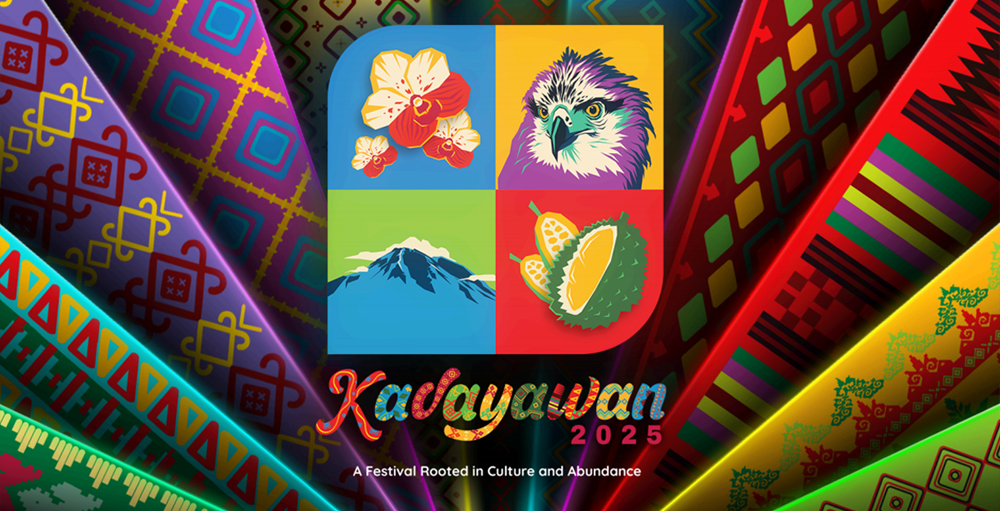The Kadayawan Executive Committee on Thursday bared its plan to institutionalize the Kadayawan Festival and the Kadayawan Village. This is aimed at preserving the history of the festival and ensuring that the Kadayawan Village, as its highlight, will be properly maintained.
During Thursday’s Kadayawan Media Conference at Rogen Inn, Oscar Casaysay, Kadayawan Execom member and Office of the Culture and Arts head, said that subject of the proposed ordinance institutionalizing the Kadayawan Festival is the declaration of the actual year it started.
Casaysay said that their research points out that the Kadayawan Festival might actually not have started in 1985.
“If there were narratives before that started why they concluded [that it started 1985] we could not cull it out. We discussed this thoroughly and resolved that we will pass this resolution to the city council as part of institutionalizing Kadayawan,” Casaysay said, adding that in partnership with the Committee on Tourism, they will come up with a series of consultations and public hearings.
Casaysay encouraged those who knew the reason for the declaration of 1985 as the start of the Kadayawan Festival to surface and shed light on the issue.
“I think it is really important, as part of our history, to really come up with documentation so yun ang weaknesses na nakita namin through the years. Kadayawan did not have a very systematic, scientific documentation (…that is the weakness that we saw, that through the years, Kadayawan did not have a very systematic, and scientific collaboration),” he said.
In view of the discussion on the Kadayawan’s history, the Kadayawan Execom decided not to place a commemorative-year mark in this year’s festival.
“They have to go back and check really the narratives kailan talaga nag start ang Kadayawan, it started with Apo Duwaling then Kadayawan so in the meantime na naga find out and naga-research pa on when it really started, the executive committee decided to remove kung pang ilan na Kadayawan. We’ll just put Kadayawan 2025, until such time na ma-find out natin when Kadayawan started (They have to go back and check the narratives when Kadayawan actually started. It began with Apo Duwaling, then evolved into Kadayawan. So in the meantime, while they’re still finding out and doing research on when it truly started, the executive committee decided to remove the number denoting which edition of Kadayawan it is. We’ll just label it as ‘Kadayawan 2025’ until such time that we find out when Kadayawan actually started),” said Carmelita Bangayan, a Kadayawan Execom member, who was also present during the conference.
Meanwhile, Councilor Myrna Dalodo-Ortiz, chairperson of the Sangguniang Panlungsod Committee on Tourism, also said during the media conference that part of their priority legislation under her committee is the institutionalization of the Kadayawan Village.
She said the main purpose of the institutionalization is for the Kadayawan Village to be given care and maintenance all year round and not just during Kadayawan.
“We would like that it will be one of the tourist attractions of Davao City,” Ortiz said, adding that it could cater to both foreign and local tourists and will also help members of the 11 tribes generate income.
Casaysay added that they already met with representatives of the 11 tribes, along with the Davao City Economic Enterprise, the office in-charge of the Magsaysay Park.
He said that they propose to bring closer the houses of IP and Moro tribes in the new layout because according to him, the current layout of the houses does not reflect a community of tribes.
“The impact is that we are not creating a multi-cultural community amongst our tribes, marami nang na factor-in (we have considered many factors) we discussed it already),’ he said.
Casaysay said that they are hopeful the new layout will be materialized in the years to come with the support and collaboration of various offices of the city. CIO


